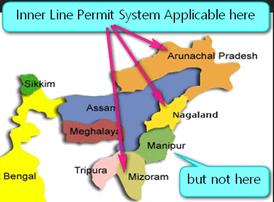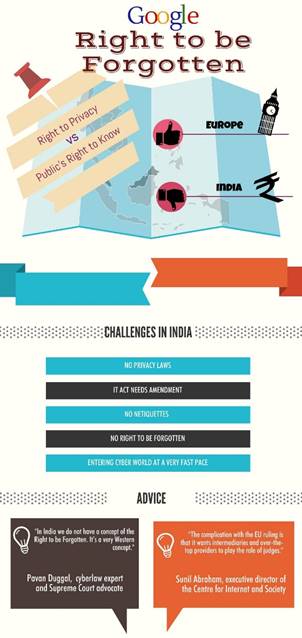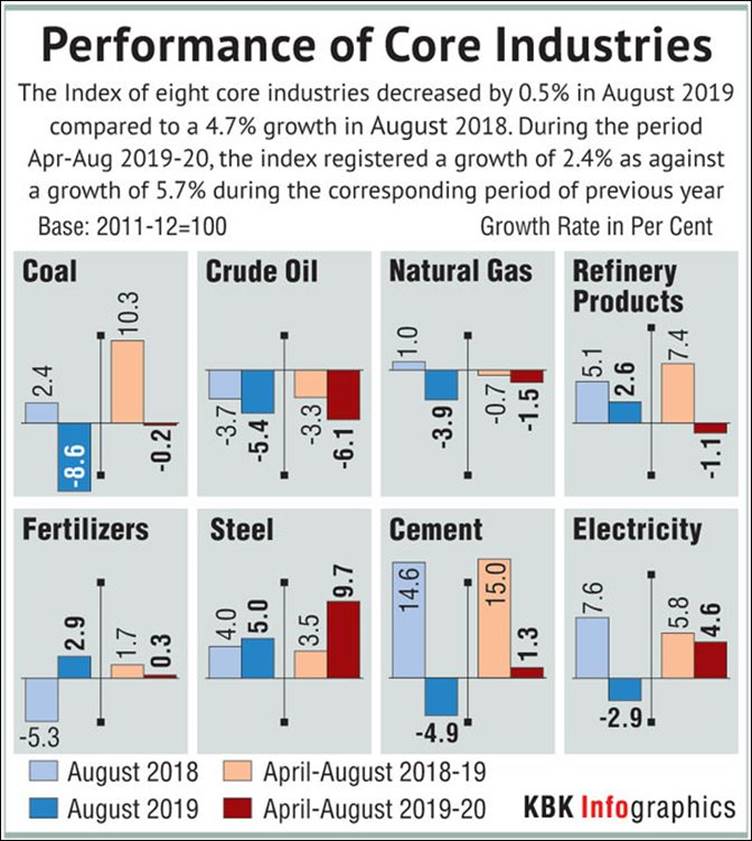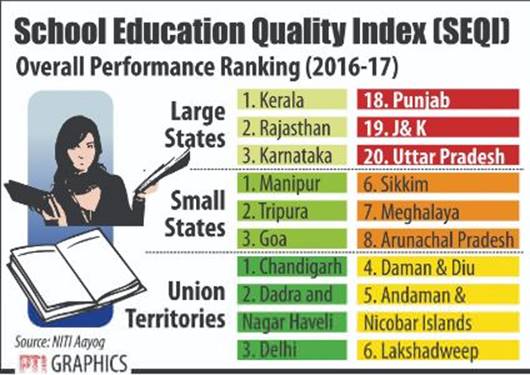



NRC fallout: Assam’s N-E neighbours step up border checks, turn people away
In the month since the final National Register of Citizens (NRC) was published on August 31, Assam’s neighbouring North Eastern states have intensified checks on people crossing state borders without proper papers, and have turned back scores of people back to Assam.
- In Meghalaya, the checks are based on “valid IDs” to prove that the person is an Indian.
- To enter in Mizoram, an Inner Line Permit (ILP) is required, which the state government grants to only those whose names appear in the NRC.
- ILP is not issued to those Assam residents, whose names did not figure in the NRC.
- Last year after the draft NRC was published, the powerful Khasi Students Union (KSU) had set up check gates on their own alleging that state was not doing enough checking.
- Post the publication of NRC in Assam there were apprehensions that there could be movement of illegal immigrants into Nagaland.
- Nagaland officials confirmed that they too have intensified checks and people from Assam are asked for proof of their names in the NRC before issuing an ILP.
- The ILP is based on the Bengal Eastern Frontier Regulation Act (BEFR), 1873.
- A special permit is required by “outsiders” from other regions of India to enter the states of Arunachal Pradesh, Nagaland and Mizoram.
- This ILP provision was made to give special protection to the indigenous people.
- ILP certificate can be used only for travel and not for permanent residency in the area.
- Outsiders cannot buy property in the state.

The European Union’s highest court ruled that an online privacy rule known as the ‘right to be forgotten’ under European law would not apply beyond the borders of EU member states.
The ruling comes as an important victory for Google, and lies down that the online privacy law cannot be used to regulate the internet in countries such as India, which are outside the European Union.
- The right to be forgotten empowers individuals to ask organisations to delete their personal data.
- It is provided by the EU’s General Data Protection Regulation (GDPR), a law passed by the 28-member bloc in 2018.
- The data subject shall have the right to obtain from the controller the erasure of personal data concerning him or her without undue delay and the controller shall have the obligation to erase personal data without undue delay.
- Personal data means, any information relating to an identified or identifiable natural person (“data subject”) and “controller means the natural or legal person, public authority, agency or any other body which… determines the purposes and means of the processing of personal data.
- After a search engine company as if Google gets requests under the privacy law to get information deleted, it first reviews and then removes links on country-specific sites within the European Union.
- Google has so far received more than 8.45 lakh requests to take down 33 lakh internet links, and 45% of the latter have been delisted.
- Petitioner required that Google go beyond its practice of region-specific delinking, and ordered the search engine company to delete links from its global database.
- Google refused to abide by the order, arguing that following the same would impede the free flow of information across the world.

The draft bill framed by the Justice B. N. Srikrishna Committee has made an explicit reference to the right to be forgotten. The draft bill makes it clear that the right to be forgotten is not an absolute right and provides for certain exemptions.
Section 27 provides an individual with a right to restrict or prevent continuing disclosure of personal data.
The bill provides that an adjudicating officer think such disclosure can override the freedom of speech and the citizen’s right to information. The adjudicating officer would decide based on:
- Sensitivity of the personal data.
- Scale of disclosure and the degree of accessibility sought to be restricted or prevented.
- Role of the data principal in public life.
- Relevance of the personal data to the public.
- Nature of the disclosure and of the activities of the data fiduciary.
- Right to be forgotten, are exempted if the purpose of data processing is in the interest of the security of state.
It asks parliament to frame a law wherein the processing of data is in the interests of prevention

detection and prosecution of any of other contravention of law
- The Eight Core Industries comprise 40.27 per cent of the weight of items included in the Index of Industrial Production (IIP).
- The combined Index of Eight Core Industries stood at 128.2 in August 2019, which declined by 0.5 per cent as compared to the index of August 2018.
- Its cumulative growth during April to August, 2019-20 was 2.4 per cent.

Source: The Pib
The index aims to bring an ‘outcomes’ focus to education policy by providing States and UTs with a platform to identify their strengths and weaknesses and undertake requisite course corrections or policy interventions.
- Foster the spirit of competitive and cooperative federalism.
- Facilitate the sharing of knowledge and best practices across States and UTs.
- It was developed through a collaborative process, including key stakeholders such as Ministry of Human Resource and Development (MHRD), the World Bank and sector experts.
- The index consists of 30 critical indicators that assess the delivery of quality education.
- Category 1: Outcomes
- Domain 1: Learning outcomes
-Domain 2: Access outcomes
-Domain 3: Infrastructure and facilities for outcomes
-Domain 4: Equity outcomes
- Category 2: Governance processes aiding outcomes
- SEQI also included an analysis of States and Union Territories for each indicator under study.
- To facilitate a like-for-like comparison, States and UTs have been grouped as Large States, Small States and UTs.
- For instance, indicators such as average score in Class 3, 5 and 8 for Language and Mathematics, Transition Rates from primary to upper-primary level, capturing equity in learning outcomes between general and marginalised sections of society, supply a wealth of data for future action and policy design for every State.
- States and UTs’ performance on Learning Outcomes is driven by their results on the National Achievement Survey (NAS) 2017.
- Their performance on Access Outcomes is primarily driven by enrolment ratios at the secondary level and transition rates from upper-primary to secondary level.
- In terms of Infrastructure & Facilities for Outcomes, States and UTs’ performance is strongly linked to the presence of Computer Aided-Learning (CAL) at the elementary level and vocational education at the secondary and senior-secondary level.

- The relevance of the existing indicators and the availability of data for new indicators will be factored into the index design.
- The linkages between policy actions and SEQI indicators will be analyzed to reflect the efforts made by States and UTs to improve school education.
Source: The Pib

© 2025 iasgyan. All right reserved